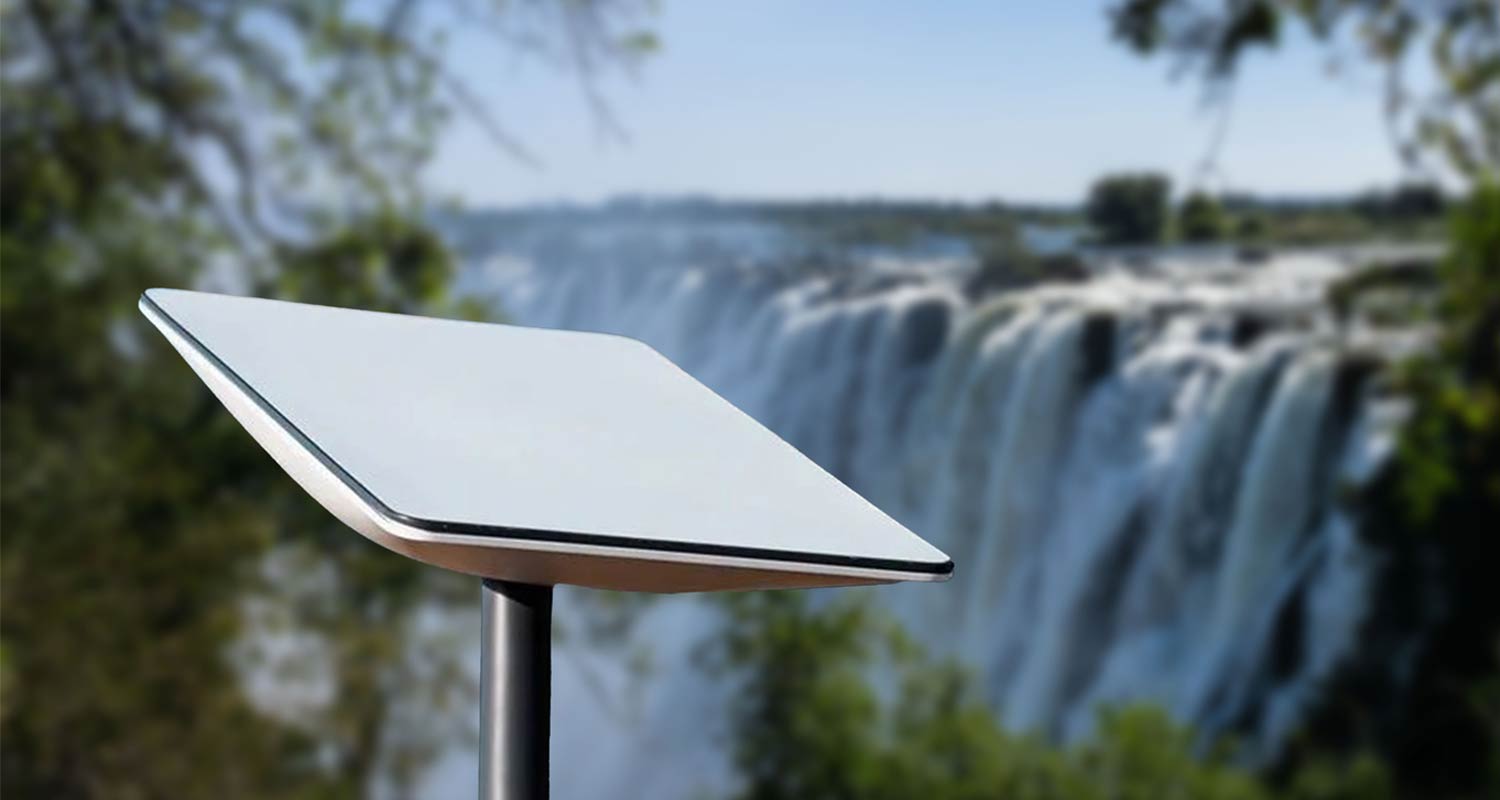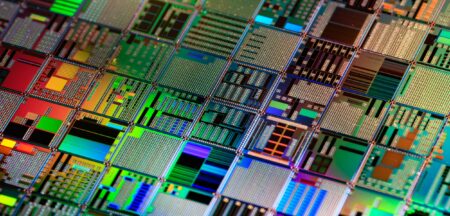
These are the articles, videos and more that caught the attention of TechCentral’s editorial team in the past 24 hours.
- Demand for Starlink in Zimbabwe is overwhelming capacity: Starlink’s arrival in Zimbabwe has locals ditching sluggish, overpriced internet for Musk’s high-speed satellite service. Demand is sky-high – Harare’s already at capacity. With traditional internet service providers lagging and prices soaring, Starlink’s US$50 unlimited plan feels like a bargain. Early adopters are thrilled, black markets are buzzing and technicians are cashing in. Read more on Rest of World. DM
- After decades of talk, Seagate seems ready to actually drop the HAMR hard drives: After decades of hype, Seagate’s HAMR (Heat-Assisted Magnetic Recording) tech might finally hit shelves, squeezing 32TB into a single drive. By briefly heating the disk to cram in more data, HAMR transforms physics into storage magic. A giant cloud provider’s thumbs-up suggests it’s real this time – third decade’s the charm. Brace your wallets for hot new drives! Read more on Ars Technica. DM
- Forbes is cutting ties with freelance writers, citing Google spam policies: Forbes is axeing freelance writers for sections like Forbes Vetted, blaming Google’s crackdown on “site reputation abuse” (aka parasitic SEO). Google’s stricter rules aim to squash spammy, third-party content riding on reputable sites’ rankings. Of course, Forbes has been publishing some of the internet’s worst clickbait for years, so none of this is any real surprise. Read more on The Verge. DM
- Just how deep is Nvidia’s Cuda moat really?: Nvidia’s Cuda “moat” isn’t as impenetrable as legend suggests, but AMD and Intel are still struggling to bridge the gap. While Cuda-optimised code is a pain to port, tools like AMD’s Hipify and Intel’s Sycl are closing the distance. High-level frameworks like PyTorch make hardware swapping easier, yet quirks persist. Read more The Register. DM
- Could this be what our home on the moon or Mars might look like?: India has taken to the Himalayas to test an egg-shaped structure designed to be the future home of Indian astronauts in space. The Habitat-1 is built with space-grade Teflon and insulated with industrial foam. Read more on BBC News. NN
- How China is challenging Elon Musk’s Starlink satellite service: China in early December launched its third batch of low-Earth orbit internet satellites for its Qianfan, or “Thousand Sails” constellation. The Starlink competitor will be made up of 15 000 satellites, but China also has plans to launch two more constellations with 13 000 and 10 000 satellites each. Watch the video by CNBC on YouTube. NN
- Microsoft CEO Satya Nadella says ‘Google makes more money on Windows than all of Microsoft’ due to its dominance in search and distribution: Microsoft’s Windows is debatably the most popular operating system worldwide. Based on this premise, the assumption would be that the tech giant makes money hand over fist from the service. But it turns out that Google makes more money from the platform. Read more on WindowsCentral. TS
- Gearbox says Borderlands 4 will cut back on toilet humour, promises a new approach to comedy: Gearbox Software has revealed that Borderlands 4 will move away from the heavy reliance on toilet humour that characterised its predecessor, Borderlands 3. Narrative director Sam Winkler discussed this on social media, noting that while humour remains central to the series, the tone will shift towards something more balanced and potentially more refined. More on Game Infinitus. TS
Top stories on TechCentral in the past 24 hours:
- Is Broadcom the next Nvidia?
- DRC files criminal complaints against Apple over conflict minerals
- Western Cape attracts big new call centre investment
- Telkom clears last Swiftnet sale hurdle
Bookmarks is a daily feature on TechCentral and published Monday to Friday, excluding public holidays.
Don’t miss:
Bookmarks | Conspiracy theories flourish as mystery ‘drones’ spotted across US




